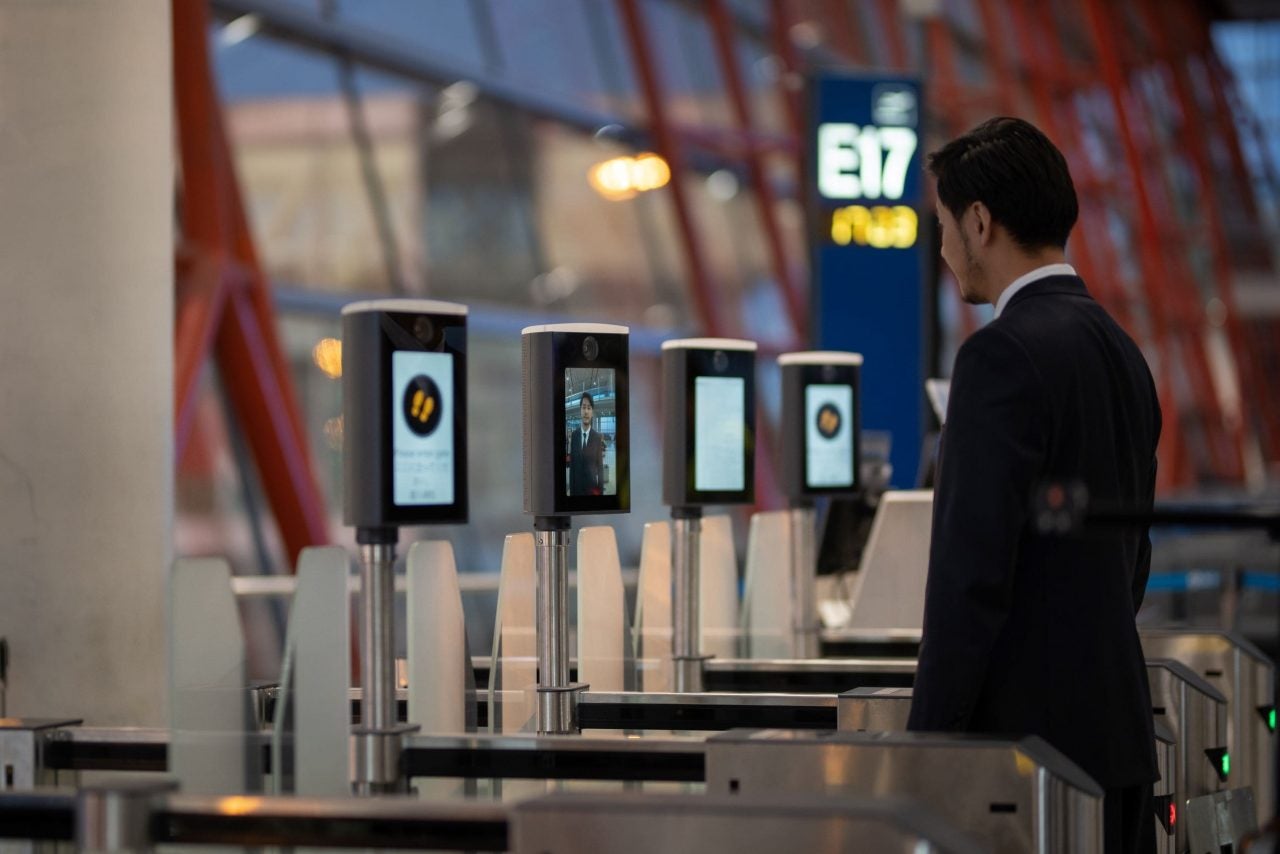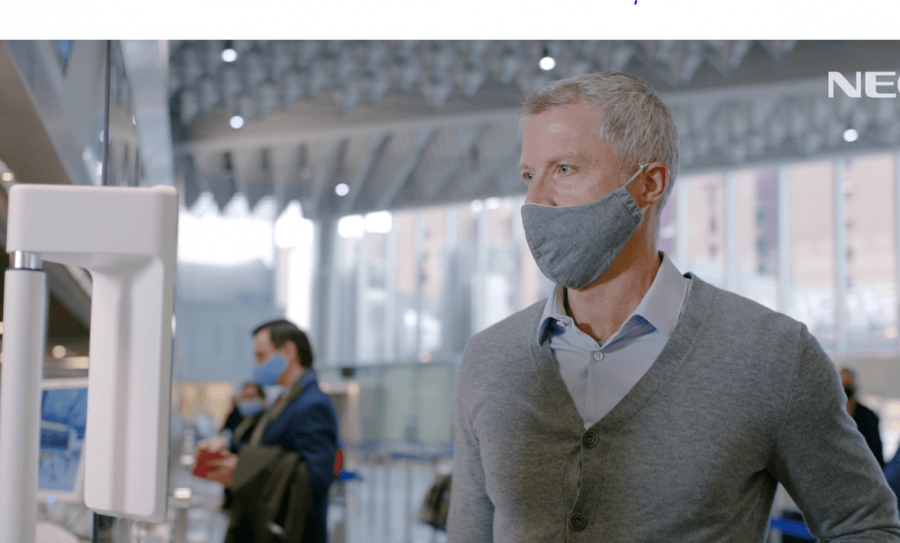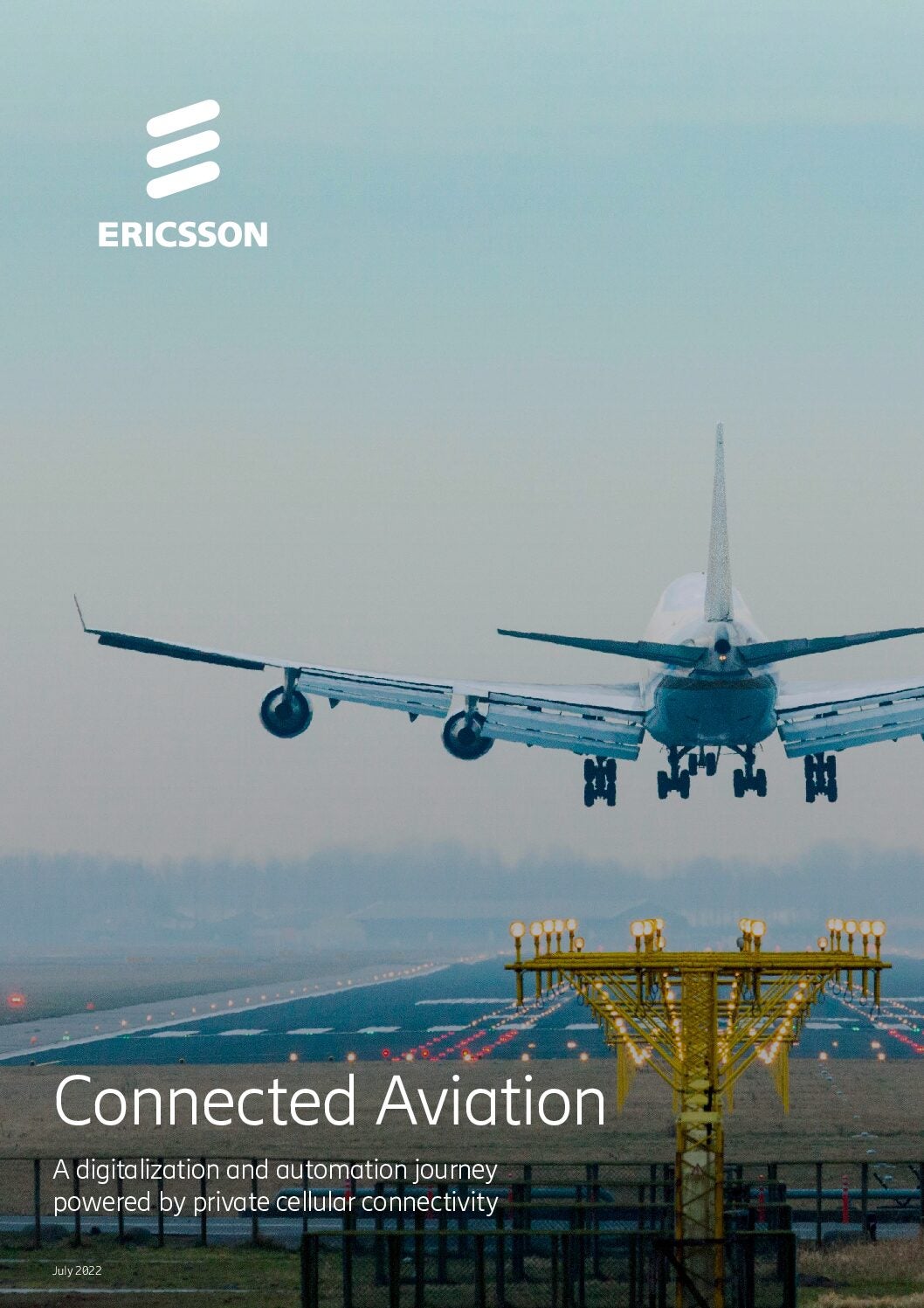
In response to the highly transmittable nature of Covid-19, the aviation industry has been implementing an increasing amount of low contact or contactless self-check in areas, booking and payment options. Some companies have taken this a step further with the introduction of biometric facial recognition technology.
Biometric facial software can identify individuals by measuring dozens of features on the persons face, allowing them to use their face as a means to access facilities around the airport.
Technology developed by SITA named ‘SITA Smart Path’ allows the passenger to use their face as a boarding pass, minimising the need for contact as the passenger journeys through the airport.
SITA recently signed an agreement with NEC Corporation and Star Alliance which will allow passengers to use their biometric identity across participating airlines and airports.
Sergio Colella, SITA president Europe explains how the technology works, as well as the key benefits that it provides for not only the passenger but the airlines too.

Frankie Youd (FY): Could you explain how the Star Alliance Biometrics platform is connected to SITA‘s Smart Path solution and how this works?
Sergio Colella (SC): The Star Alliance Biometrics platform allows customers to take advantage of cutting-edge facial recognition technology to pass through security and boarding gates in a touchless manner, across any participating airline at any participating airport, soon also for baggage drop points and business lounge access. Customers register once, and can use it multiple times, and all on a voluntary basis with their data secured.
In partnership with NEC and SITA, Star Alliance aims to accelerate the availability of these biometric self-service touchpoints across Star Alliance’s member airlines globally, while delivering a faster, touchless, and hygienically safe airport experience leveraging both SITA Smart Path and NEC I:Delight.
Connecting to SITA’s Smart Path biometric solution, the Star Alliance biometrics platform will take advantage of SITA’s shared airport infrastructure already available in more than 460 airports globally, to speed up the rollout of more biometric self-service projects.
FY: How do passengers access this technology and use it for their journey?
SC: SITA’s Smart Path solution allows travellers to easily and quickly enrol their facial biometric details in advance via their mobile device at home. This will link the passenger’s facial biometric to their travel documents. Then at each touchpoint, they simply scan their face which is matched to their travel documents to confirm that they are the person linked to those documents.
FY: What are the key benefits for the passenger using this technology?
SC: Where SITA has introduced biometric identity, passengers have embraced it with open arms. At check-in in the airport or at home on your mobile – you link you travel document to your facial biometric by taking a picture of your face. Then at security or boarding you simply step up to the camera to be identified. It is fast and means no more fumbling for your passport or boarding pass.
For example, where SITA has implemented our biometric solution in Istanbul and Beijing Capital airports, passengers can use their face at every touch point from check-in to boarding. This includes duty free shopping, where passengers are identified by their facial biometric instead of trying to locate their boarding pass.
SITA’s partnership with NEC and Star Alliance takes that seamless experience one step further. Instead of having to register for each journey or airline, Star Alliance passengers register once and can use their biometrics across multiple participating airlines and airports every time they travel.

FY: What are the key benefits for airlines using this technology?
SC: Key benefits for airlines of implementing biometrics include increased operational efficiencies and safeguarding staff from health risks by limiting contact with passengers at all touchpoints. The implementation of SITA’s biometric solution at Istanbul Airport in partnership with Turkish Airlines led to a 30% reduction in boarding times and increased satisfaction for both airlines and passengers.
At Beijing Capital International Airport, SITA Smart Path was proven to significantly speed up passenger processes, processing over 400 passengers boarding an Airbus A380 in less than 20 minutes.
The intuitive biometric solution allows airline agents to easily enrol passengers (if they haven’t already enrolled in advance) and then have them follow a low-touch journey through the airport with limited need for agent intervention, minimizing contact and risks associated with the spread of Covid-19.
As the Star Alliance Biometrics platform connects to SITA’s global shared airport infrastructure, multiple biometric projects can be delivered in parallel, bringing the benefits of biometric passenger processing to more of Star Alliance’s member airlines at an accelerated rate.
FY: Do you think this could be the future for passenger boarding?
SC: We do believe this is the future of travel. Given the convenience and speed of automating the passenger journey through the airport, biometric identity is here to stay.
In fact, the Covid-19 pandemic has accelerated the pace of automation and use of biometrics in the airport. In a recent survey by SITA, we saw that airlines (84%) and airports (89%) are now prioritizing a completely touchless check-in process to help improve passenger experience and safeguard passengers and staff.
Recent examples such as Bahrain Airport and Istanbul Airport adopting SITA Smart Path biometrics to support a low-touch, frictionless passenger journey in the recovery from the pandemic, show the increased relevance of biometric-enabled passenger processing moving forward.
Therefore, SITA has every intention of continuing to support the industry with biometric solutions to optimize passenger processing through the recovery and beyond.




